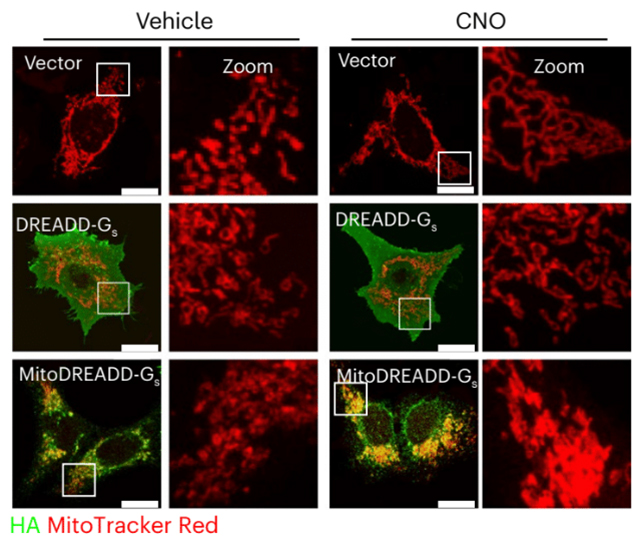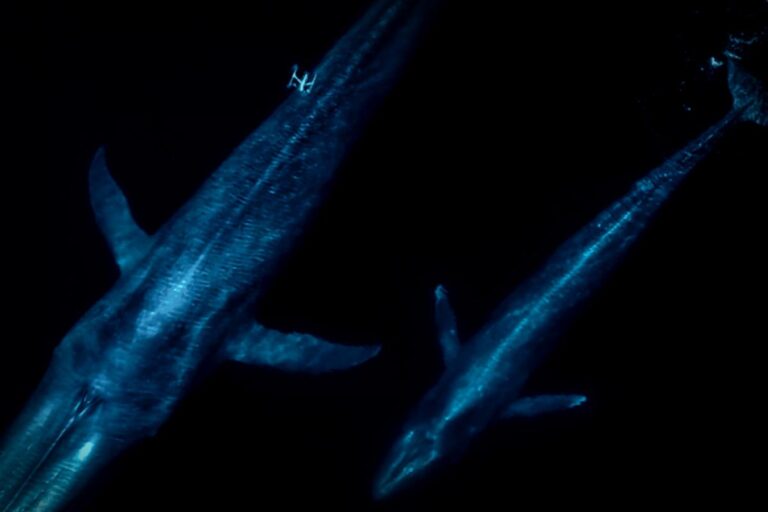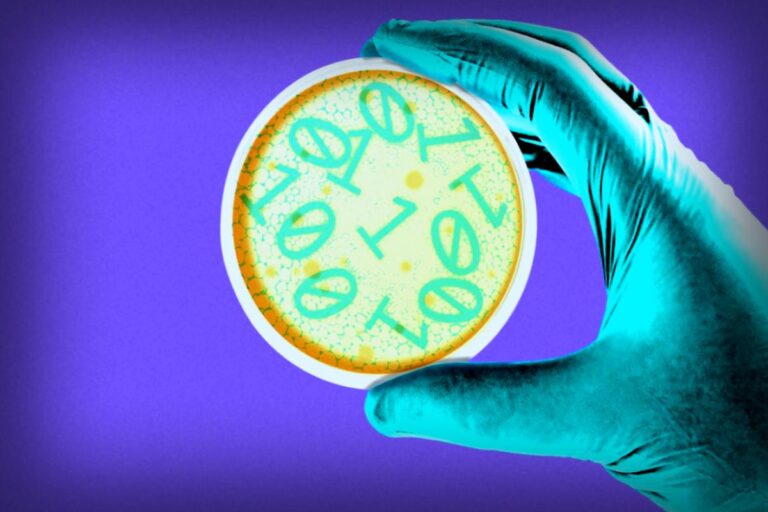Researchers have managed to reverse memory loss in mice that exhibited symptoms similar to dementia by activating the brain cells’ energy producers, known as mitochondria. This groundbreaking work was carried out by an international research team aimed at tackling the issues associated with neurodegenerative diseases.
Previously, issues linked to mitochondria—those vital energy factories in our cells—have been associated with conditions like Alzheimer’s. However, it was uncertain whether mitochondrial problems contributed to the onset of these diseases or resulted from them.
Giovanni Marsicano, a neuroscientist from the French National Institute of Health and Medical Research (INSERM), pointed out that this research marks the first time a direct connection between mitochondrial dysfunction and symptoms of such diseases has been established.
To prove this connection, the team created a specialized tool called mitoDREADD-Gs that utilizes a compound known as clozapine-N-oxide (CNO) as a trigger to fire up mitochondrial activity.

This innovative mechanism was put to the test in two scenarios: mice genetically engineered to display dementia-like characteristics and human cells cultivated in laboratory settings. The results were promising—both memory and motor issues from mitochondrial dysfunction showed signs of reversal.
Additionally, the researchers were able to introduce medications that limited mitochondrial function in the mice, then lift those restrictions using the newly developed mitoDREADD-Gs, thus underlining the essential role that mitochondria play in dementia symptoms.
Though mitoDREADD-Gs is not a treatment itself, insights gained from its use could be a stepping-stone toward developing future therapies. Étienne Hébert Chatelain, a biologist from the Université de Moncton in Canada, believes that their findings could pave the way for effective targets in combating dementia.
Future research will involve exploring how this approach could work on various neurodegenerative diseases and related disorders such as mental health issues. Once this foundation is laid, attention will shift toward developing safe and effective medications that could mirror the properties of mitoDREADD-Gs in humans.
Dementia types are notoriously complex, involving a multitude of risk factors, thus requiring diverse strategies including targeting mitochondrial functions.
The team is also eager to investigate how long-term activation of mitochondria could impact treatment outcomes, especially in diseases like Alzheimer’s.
As neuroscientist Luigi Bellocchio from INSERM summarized, the ongoing research focuses on observing how persistent stimulation of mitochondrial activity might influence neurodegenerative symptoms—specifically aiming to see if it can either slow down or prevent neuronal loss when mitochondrial functions are restored.
This exciting research has been formally reported in Nature Neuroscience.




















